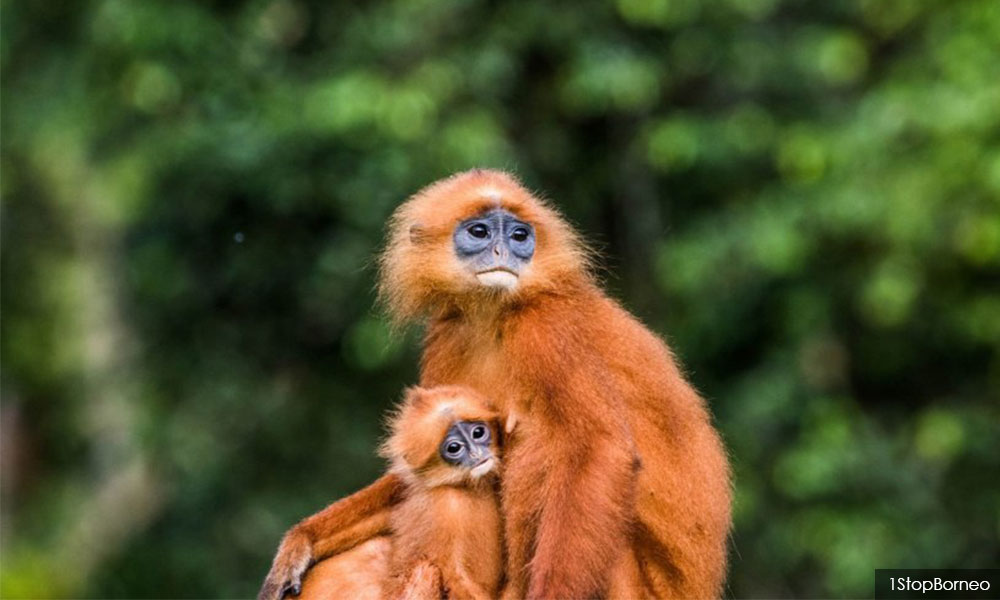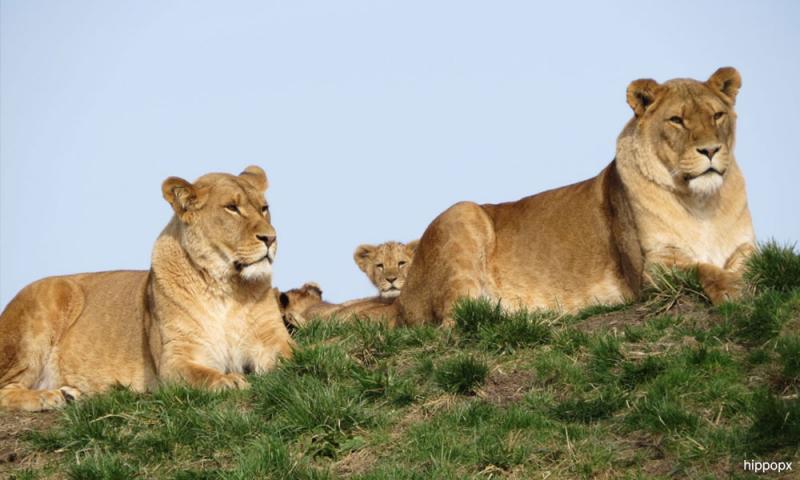LETTER | Just do what we are supposed to do
LETTER | Whether in forests or in captivity, animals are not free from diseases. However, generally speaking, forest animals are the least vulnerable to genetic disorders.
A pragmatic response to that generalisation could be that “we don’t know if forest animals have fewer or more genetic disorders than humans because we don’t have enough scientific evidence to support that notion, or not many studies were aimed to investigate genetic disorders in animals.”
However, this response may not be sustained as a valid argument if genetic disorders in animals of domestic breeds are put under the microscope.
Genetic disorders in domestic animals are prevalent in domestic breeds raised for unique physical and functional traits.
These disorders include but are not limited to skin diseases with dry, itchy and inflamed skin, tumour growth and inherited anxiety in dogs; neurological abnormalities in jaguar carpet pythons; abnormal growth and formation of bones (also known as osteodystrophy) in satin guinea pigs; and “fainting” goats.
According to the Canine Inherited Disorders Database - which is a joint initiative of the Sir James Dunn Animal Welfare Centre at the Atlantic Veterinary College, University of Prince Edward Island, and the Canadian Veterinary Medical Association - genetic disorders are not prevalent in their natural counterparts having natural, or in other words, unaltered genetic composition.
Hence, genetic breeds show a higher prevalence of genetic defects that could be deeply rooted in selective and targeted genetic modification, designed for a preferred physical or functional trait.
It’s just genetics
Compared to natural animals, humans seem to be vulnerable to many genetic defects such as an array of genetic disorders causing unusual physical traits such as abnormal arrangement of teeth or even fatal diseases such as cancer.
For humans, there is no selective breeding with any targeted physical or functional traits. Hence, we can’t blame any possible “targeted” genetic modification that could be blamed for the genetic disorders they suffer from.
At the same time, it is well established that one or another form of genetic alteration such as mutation is responsible for genetic disorders in humans.
Apparently, there is nothing special about this preceding discussion to confirm genetic mutation or targeted genetic modification as a cause of genetic disorders in humans and domestic animal breeds. It may on the other hand sound ridiculous to relate human genetic disorders in relation to domestic animal breeds.
This, however, may not sound ridiculous if we start digging into the absence or rare occurrence of genetic disorders in forest animals.
Circle of life
In their natural habitat, animals maintain their natural way of life. They eat what they are supposed to eat. They do what they are supposed to do. They seem not to stress themselves unless they face hitherto unseen challenges.
In other words, animals maintain a consistent “animal lifestyle” - be it either for their natural instinct or lack of intelligence.
Contrary to animals, humans as intelligent beings change their lifestyle in as many ways as possible.

Our explorative instincts make us live through a never-ending dynamic and challenging episode in life.
Needless to say, we have changed our lifestyle in many ways compared to how our earlier generations had their lifestyle.
By discarding natural foods, we become heavily dependent on processed foods with preservatives, we are imposed with an imbalance of work-related stress, we live a life with the least possible physical labour and highest possible exposure to radiation, we live in pigeon holes - an inevitable adobe in urban living - devoid of natural touch during our day-to-day living, and last but not least we ignore natural familial bonding.
All in all, our sedentary lifestyle makes us vulnerable to many forms of physiological changes that are not natural. In one or another way, these changes inevitably impact the hormonal balance and eventually circadian rhythms and psychological stress.
Aside from unnatural eating and drinking habits, altered circadian rhythm and stress are also known to cause epigenetic changes.
Briefly, epigenetic changes refer to those changes that affect the way your genes work or how the body reads a DNA sequence.
Unlike the common form of genetic changes or mutation, epigenetic changes are reversible and do not originate from a permanent alteration in DNA sequence.
Nevertheless, a lasting epigenetic change in one’s cell can cause permanent damage to a gene expression and could be passed down to the next generation.
In summary, because of our lifestyle, we are vulnerable to induce genetic “mutation” of one or another type that might appear as a genetic disorder in future generations. This could be one of the reasons that we find hereditary links to lifestyle-related genetic disorders.
And here it may not sound ridiculous if we want to take a lesson from animals.
Animal instincts?
As forest animals follow their natural animal lifestyle and remain healthy, we also need to live our natural human lifestyle to remain healthy. The further we are away from our natural human lifestyle, the more we are vulnerable to epigenetic changes and eventually more genetic disorders.

Does it mean that we have to go back to the lifestyle of our earlier generations? The answer could be both yes and no. While we ought to continue and embrace technological advancements, we should also not compromise what is needed for us to live a healthy life by keeping a natural lifestyle.
Hence, it is important to ask how many of those dynamic challenges we invite in the name of technological advancement that is out of necessity, and how much of those are out of our ignorant indulgence.
If progress in civilisation means vulnerability to more and more genetic disorders, then what shall we live for?
MOHAMMAD TARIQUR RAHMAN is associate dean (continuing education) at the Faculty of Dentistry, Universiti Malaya.
The views expressed here are those of the author/contributor and do not necessarily represent the views of Malaysiakini.
RM12.50 / month
- Unlimited access to award-winning journalism
- Comment and share your opinions on all our articles
- Gift interesting stories to your friends
- Tax deductable
